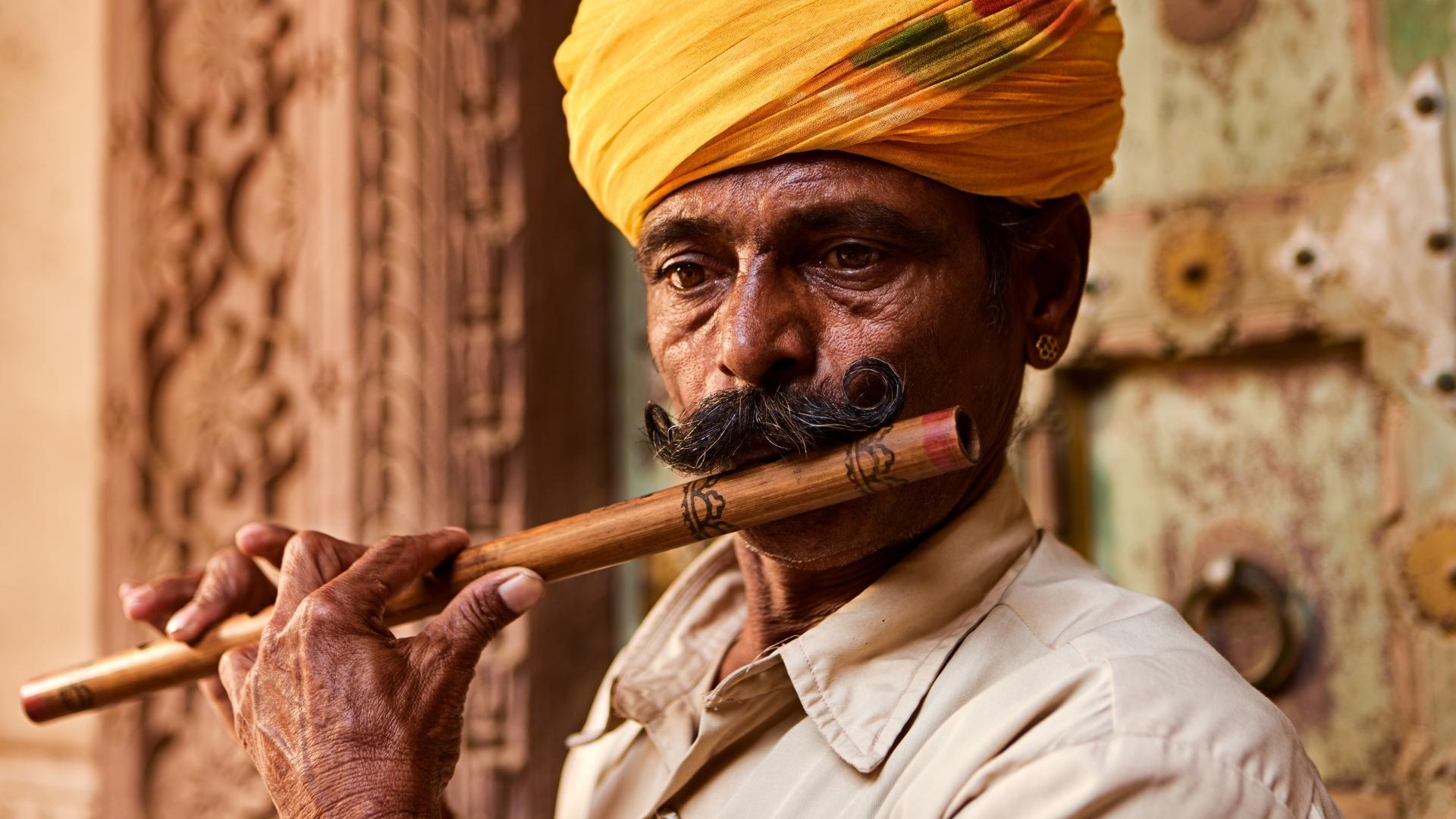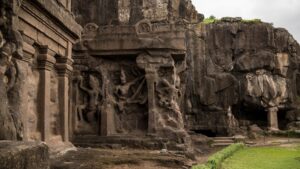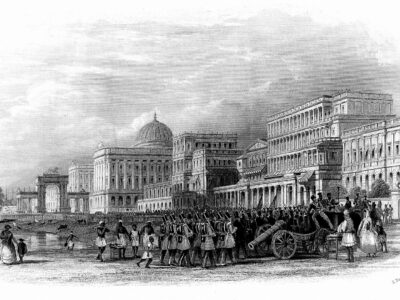The roots of Indian music have their origin in the Vedas and are one of the oldest approaches to Classical music. So far, from ancient times, Indian music has been transforming concerning styles and rendering techniques. Mesolithic (18000 BCE) and chalcolithic (4000 BCE) cave paintings of Bhimbekta (Madhya Pradesh, India) and prehistoric cave paintings of Ajanta (Maharashtra, India) stand as historical proof and demonstrate the characters in the art scenes performing with musical instruments. Hymns of Rig Veda suggest setting the meter to deliver the Shlokas; Sama Veda and its upavedas extensively deal with music and other performing arts.
Further, literary works such as Panini’s Ashtadhyayi, Veda Vyasa’s Mahabharata, Valmiki’s Ramayana and Bharata Muni’s Natyashastra in the Vedic period provide plenty of information about Indian music and various musical instruments. Throughout the history of India, emperors, kings, and nobles encouraged and extended their exemplary aid to scholars and musicologists who contributed to the development of Indian music.
The following essential elements form the basis for Indian music:
- Shruti: the shortest interval of pitch that the human ears can glimpse and a human voice or musical instrument can produce. Bharata Muni laid out 22 shrutis in his literary work Natyashastra.
- Swara: it means the musical note; there are seven fundamental notes or swaras, namely Sa, Re, Ga, Ma, Pa, Dha & Ni. Altogether, they are called Saptaka or Sargam.
- Raga: a series or sequence of five or more swaras used to construct a mood and melody.
- Tala: an arrangement of rhythm.
From the time immemorial, the learning and practice of music were orally imparted to students by competent gurus in a gurukul. Music is an integral part of Hindu ritualism, culture and tradition.









